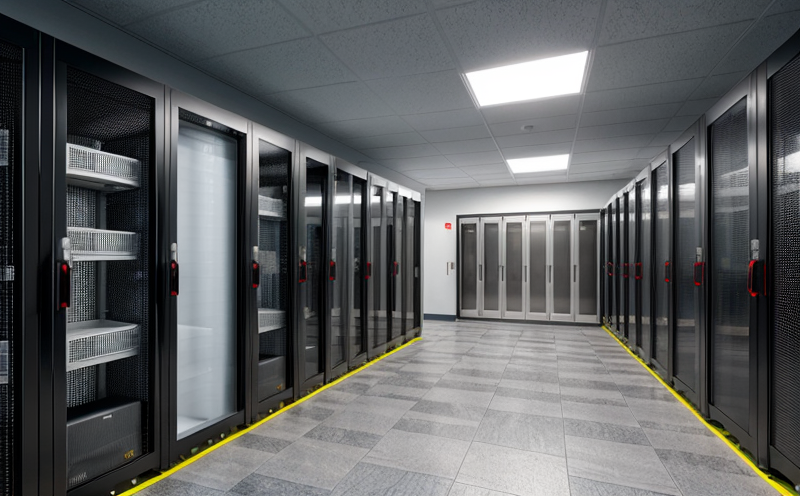
-
IT and Data Center Certification-
Data Center Infrastructure Testing-
Evaluating Fire Suppression Systems for Data Centers
We provide comprehensive solutions designed to help our clients mitigate risks, enhance performance, and excel in key areas such as quality, health & safety, environmental sustainability, and social responsibility.
Discover
For many years, our organization has been operating successfully, boasting modern laboratories that meet international standards. These laboratories are equipped with the latest technology devices and equipment, and we have built a strong team of experienced and trained personnel to operate them.
DiscoverWelcome to Eurolab, your partner in pioneering solutions that encompass every facet of life. We are committed to delivering comprehensive Assurance, Testing, Inspection, and Certification services, empowering our global clientele with the ultimate confidence in their products and processes.
Discover
-
IT and Data Center Certification-
Data Center Infrastructure Testing-
Evaluating Fire Suppression Systems for Data CentersEvaluating Fire Suppression Systems for Data Centers
Data centers are critical infrastructure that houses a vast array of sensitive electronic equipment, including servers, storage devices, and network equipment. These facilities require reliable fire suppression systems to protect against potential fires, which can cause significant damage, downtime, and data loss.
When evaluating fire suppression systems for data centers, it is essential to consider several factors, including the type of suppression agent, detection methods, and system design. A well-designed fire suppression system can provide effective protection while minimizing disruptions to operations.
Types of Suppression Agents
There are several types of suppression agents commonly used in data center applications:
Advantages:
1. Effective against electrical fires
2. Non-hazardous to people and equipment
3. Can be used in occupied spaces
Disadvantages:
1. Higher upfront cost
2. Requires regular maintenance
Advantages:
1. Cost-effective
2. Easy to maintain
3. Suitable for high-value equipment protection
Disadvantages:
1. May require additional safety measures due to potential explosive hazards
2. Limited effectiveness against electrical fires
Advantages:
1. Cost-effective
2. Easy to install and maintain
3. Suitable for high-value equipment protection
Disadvantages:
1. May require additional safety measures due to potential water damage
2. Limited effectiveness against electrical fires
Detection Methods
Fire suppression systems rely on detection methods to identify potential fires. Common detection methods include:
Advantages:
1. High sensitivity and specificity
2. Can be used in occupied spaces
3. Suitable for early fire detection
Disadvantages:
1. May produce false alarms due to environmental factors
2. Requires regular maintenance
Advantages:
1. High accuracy and reliability
2. Can be used in occupied spaces
3. Suitable for early fire detection
Disadvantages:
1. May not detect fires until they have spread significantly
2. Requires regular maintenance
System Design Considerations
When designing a fire suppression system, consider the following factors:
Advantages:
1. High level of safety and security
2. Suitable for high-value equipment protection
3. Can be integrated with other building systems
Disadvantages:
1. Higher upfront cost
2. Requires regular maintenance
Advantages:
1. Cost-effective
2. Easy to install and maintain
3. Suitable for high-value equipment protection
Disadvantages:
1. May require additional safety measures due to potential hazards
2. Limited effectiveness against electrical fires
Q\A Section
1. What are the most common types of suppression agents used in data centers?
The most common types of suppression agents used in data centers include clean agent systems, inert gas systems, and foam systems.
2. How do clean agent systems work?
Clean agent systems use a colorless, odorless gas that is electrically non-conductive and non-corrosive to extinguish fires.
3. What are the advantages of using clean agent systems?
Advantages include effective protection against electrical fires, non-hazardous to people and equipment, and can be used in occupied spaces.
4. What are the disadvantages of using clean agent systems?
Disadvantages include higher upfront cost, requires regular maintenance, and may not be suitable for high-value equipment protection.
5. How do inert gas systems work?
Inert gas systems use a non-reactive gas, such as nitrogen or argon, to displace oxygen and starve fires of fuel.
6. What are the advantages of using inert gas systems?
Advantages include cost-effective, easy to maintain, and suitable for high-value equipment protection.
7. What are the disadvantages of using inert gas systems?
Disadvantages include may require additional safety measures due to potential explosive hazards, limited effectiveness against electrical fires, and may not be suitable for occupied spaces.
8. How do foam systems work?
Foam systems use a water-based foam agent that is effective against Class B hydrocarbon fires.
9. What are the advantages of using foam systems?
Advantages include cost-effective, easy to install and maintain, and suitable for high-value equipment protection.
10. What are the disadvantages of using foam systems?
Disadvantages include may require additional safety measures due to potential water damage, limited effectiveness against electrical fires, and may not be suitable for occupied spaces.
By considering these factors and evaluating fire suppression systems carefully, data center operators can ensure effective protection against potential fires while minimizing disruptions to operations.

Construction and Engineering Compliance
Construction and Engineering Compliance: Ensuring Safety, Quality, and Regulatory Adherence In the ...
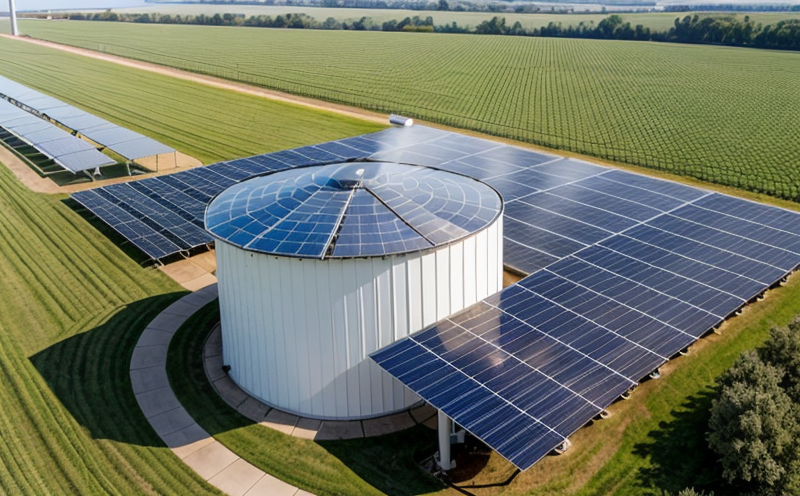
Renewable Energy Testing and Standards
Renewable Energy Testing and Standards: Ensuring a Sustainable Future The world is rapidly transiti...
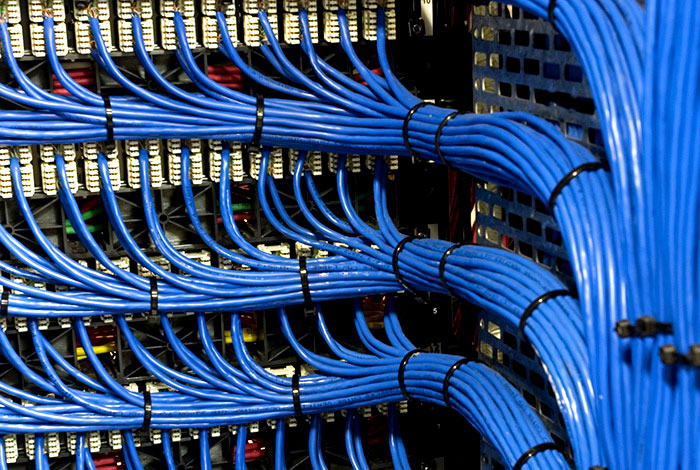
NEBS and Telecommunication Standards
Network Equipment Building System (NEBS) and Telecommunication Standards The Network Equipment Bu...
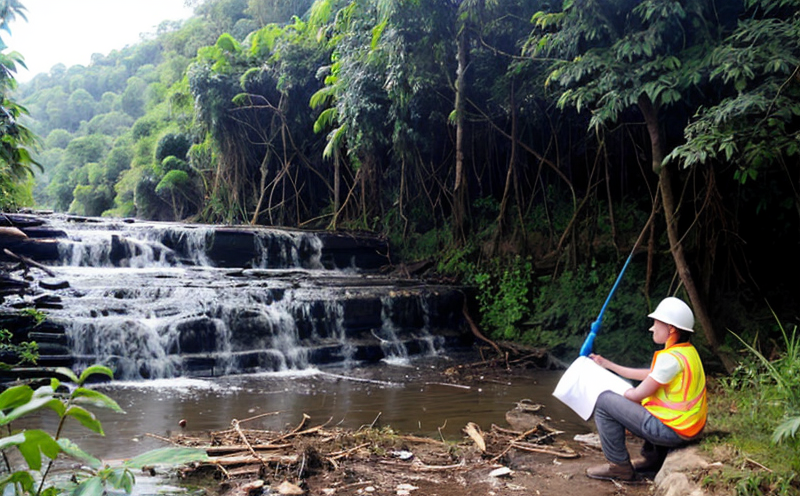
Environmental Impact Assessment
Environmental Impact Assessment: A Comprehensive Guide Environmental Impact Assessment (EIA) is a c...
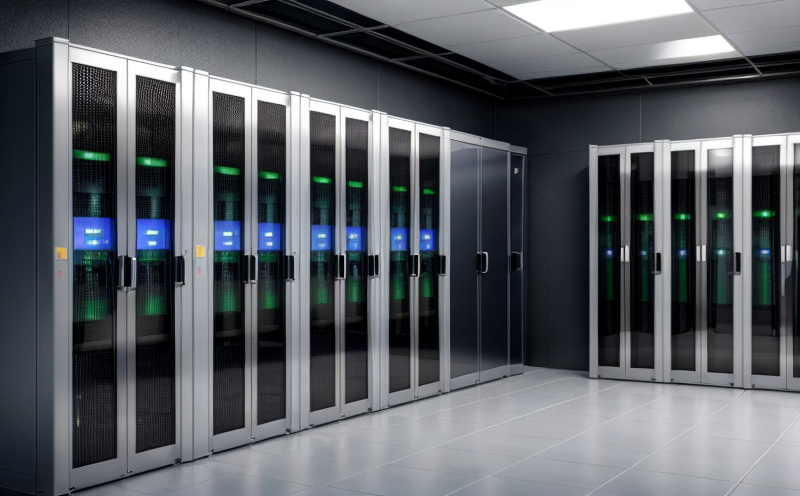
IT and Data Center Certification
IT and Data Center Certification: Understanding the Importance and Benefits The field of Informatio...

Fire Safety and Prevention Standards
Fire Safety and Prevention Standards: Protecting Lives and Property Fire safety and prevention stan...
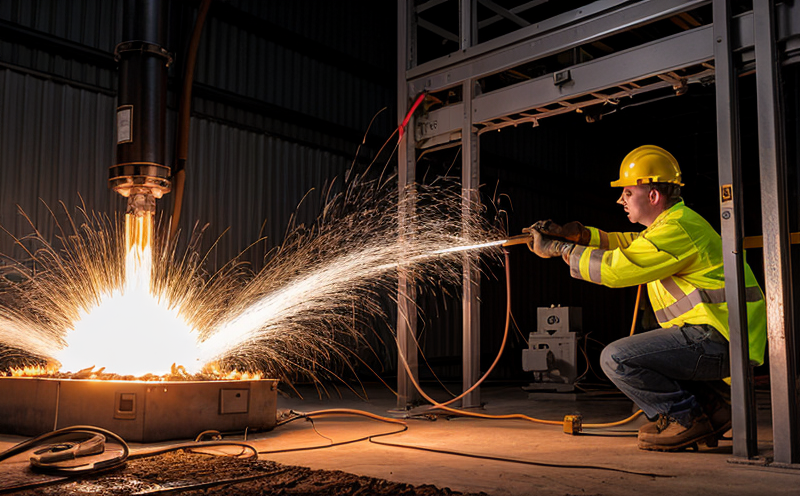
Electromechanical Safety Certification
Electromechanical Safety Certification: Ensuring Compliance and Protecting Lives In todays intercon...

Military Equipment Standards
Military Equipment Standards: Ensuring Effectiveness and Safety The use of military equipment is a ...
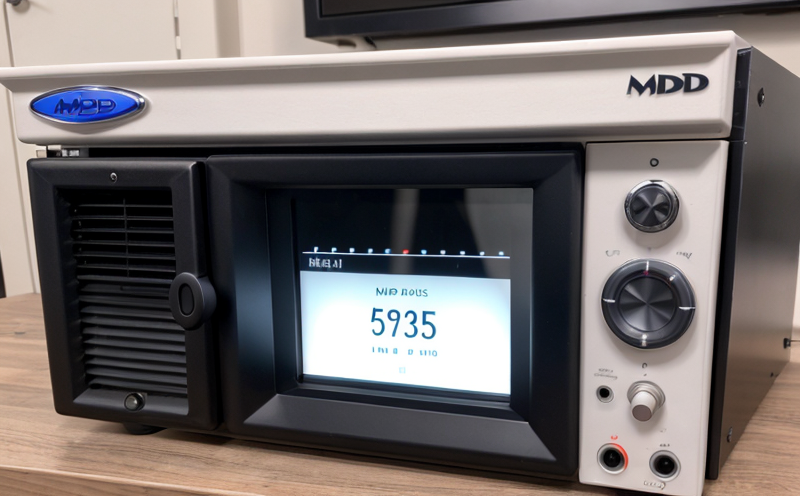
MDR Testing and Compliance
MDR Testing and Compliance: A Comprehensive Guide The Medical Device Regulation (MDR) is a comprehe...

Environmental Simulation Testing
Environmental Simulation Testing: A Comprehensive Guide In todays world, where technology is rapidl...

Lighting and Optical Device Testing
Lighting and Optical Device Testing: Ensuring Performance and Safety Lighting and optical devices a...
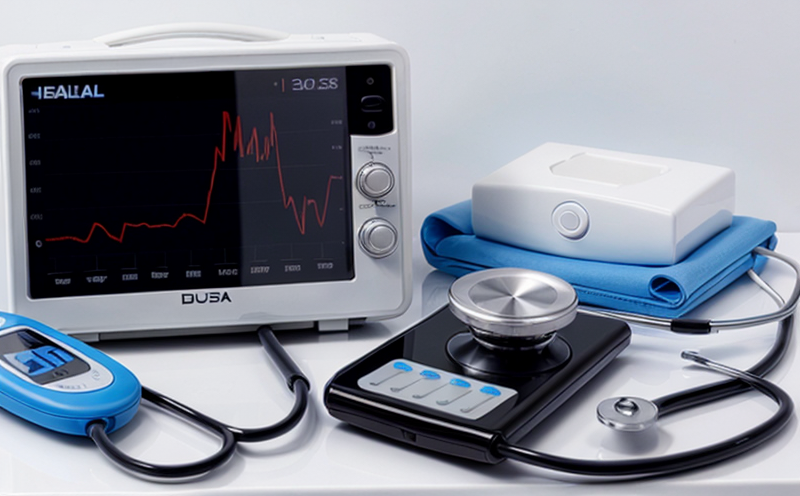
Healthcare and Medical Devices
The Evolution of Healthcare and Medical Devices: Trends, Innovations, and Challenges The healthcare...

Consumer Product Safety
Consumer Product Safety: Protecting Consumers from Harmful Products As a consumer, you have the rig...

Hospitality and Tourism Certification
Hospitality and Tourism Certification: Unlocking Opportunities in the Industry The hospitality and ...
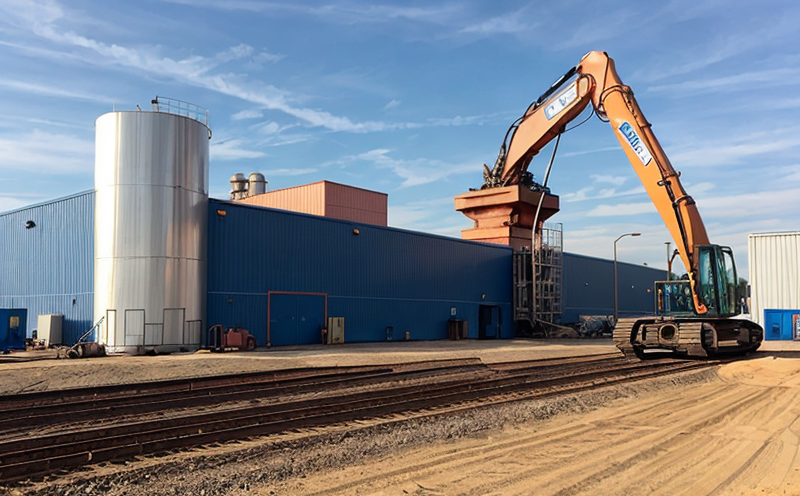
Industrial Equipment Certification
Industrial equipment certification is a critical process that ensures industrial equipment meets spe...

Railway Industry Compliance
Railway Industry Compliance: Ensuring Safety and Efficiency The railway industry is a critical comp...

Energy and Sustainability Standards
In today’s rapidly evolving world, businesses face increasing pressure to meet global energy a...

Automotive Compliance and Certification
Automotive Compliance and Certification: Ensuring Safety and Efficiency The automotive industry is ...
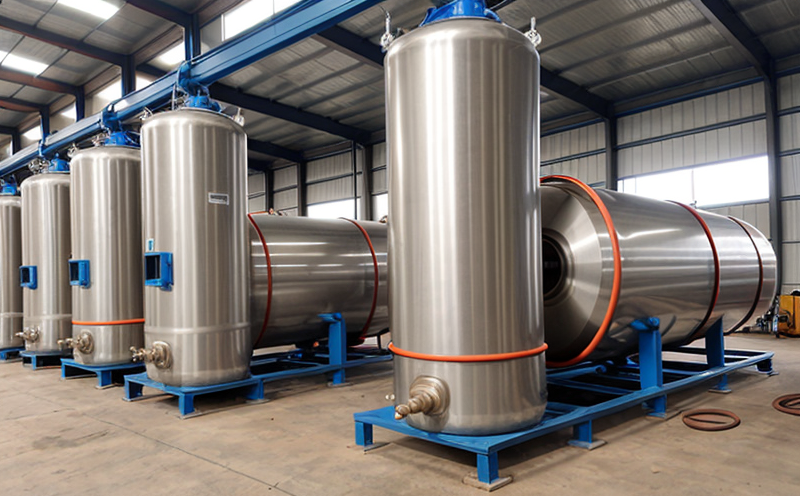
Pressure Vessels and Installations Testing
Pressure Vessels and Installations Testing Pressure vessels are a critical component of various ind...
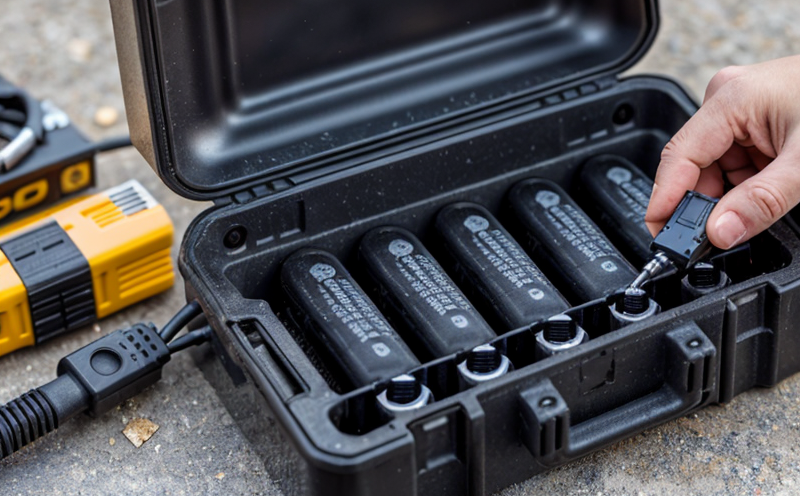
Battery Testing and Safety
Battery Testing and Safety: A Comprehensive Guide As technology continues to advance, battery-power...
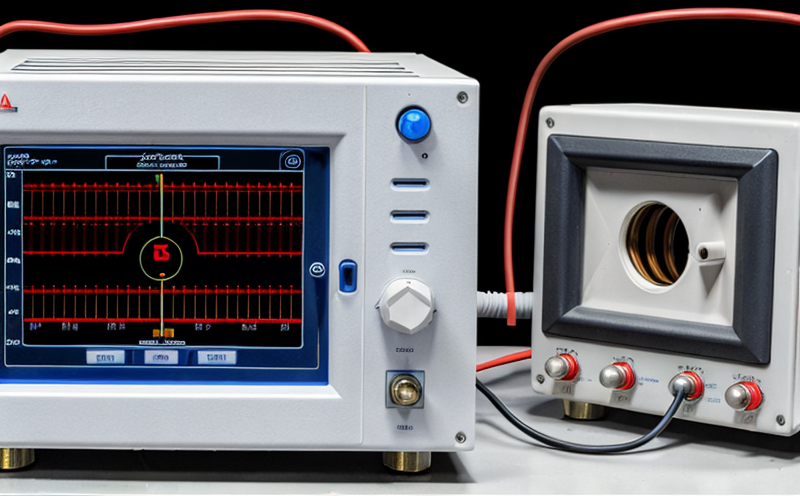
Electrical and Electromagnetic Testing
Electrical and Electromagnetic Testing: A Comprehensive Guide Introduction Electrical and electrom...

Agricultural Equipment Certification
Agricultural equipment certification is a process that ensures agricultural machinery meets specific...
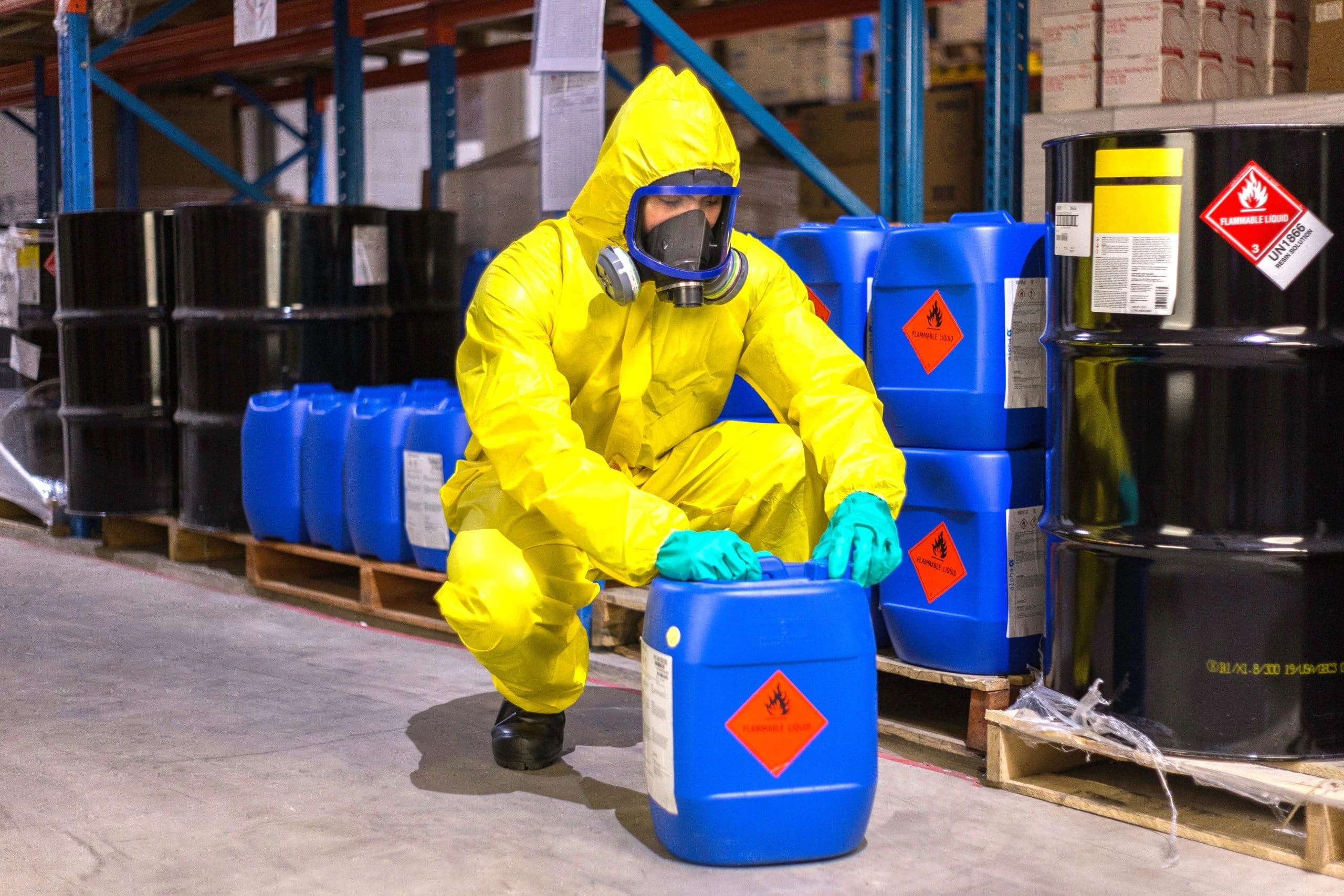
Chemical Safety and Certification
Chemical safety and certification are critical in ensuring the safe management of products and proce...

Aviation and Aerospace Testing
Aviation and Aerospace Testing: Ensuring Safety and Efficiency The aviation and aerospace industr...

Food Safety and Testing
Food Safety and Testing: Ensuring the Quality of Our Food As consumers, we expect our food to be sa...

Transportation and Logistics Certification
Transportation and Logistics Certification: A Comprehensive Guide The transportation and logistics ...

Cosmetic Product Testing
The Complex World of Cosmetic Product Testing The cosmetics industry is a multi-billion-dollar ma...

Trade and Government Regulations
Trade and government regulations play a vital role in shaping the global economy. These regulations ...

Product and Retail Standards
Product and Retail Standards: Ensuring Quality and Safety for Consumers In todays competitive marke...

Pharmaceutical Compliance
Pharmaceutical compliance refers to the adherence of pharmaceutical companies and organizations to l...